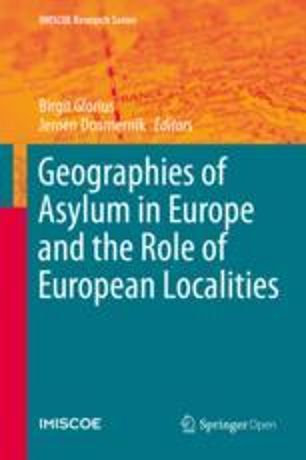by Andrea Pogliano and Irene Ponzo (2020) ‘Local Narrative-Making on Refugees: How the Interaction Between Journalists and Policy Networks Shapes the Media Frames’. In Glorius B., Doomernik J. (eds) “Geographies of Asylum in Europe and the Role of European Localities”. IMISCOE Research Series. Springer (https://doi.org/10.1007/978-3-030-25666-1_6).
Abstract
City narratives are crucial in shaping public attitudes and perceptions, and in defining the viable policy options and cities’ responses to hot issues, such as migration and asylum. Nevertheless, the literature on relations between media and political actors is scarce and often unable to account for the complex local mechanisms leading to the production of media frames. This chapter investigates two urban crises: the rapid increase of transit refugees at the Central Station of Milan, and refugees’ illegal occupation of four buildings in the ex-MOI area (former Olympic village) in Turin. Both events started in 2013 and have been studied from their beginnings up to mid-2016 by using qualitative techniques and media frame analysis. By matching the media and policy analysis, the authors show the central role that the local institutions can play in shaping media narratives on migrants and how the cohesion of the policy networks strengthens their ability to affect the local media frames. The dynamics of local journalism also matter: the presence of reporters with specific expertise, a commitment to migration and stable engagement in the issue, as well as collaboration within and between newsrooms, namely the existence of a sort of local media community, contribute to the development of consistent narratives over time and the prevalence of humanitarian rather than security frames.
The chapter is the result of research work carried out within the FIERI project “Urban narrative-making of refugee crises”, supported by the Urban Communication Foundation and co-financed by the Compagnia di San Paolo. Part of the content is taken from an article published in the journal Mondi Migranti (Pogliano and Ponzo 2019).
Available for free under: https://link.springer.com/book/10.1007%2F978-3-030-25666-1








